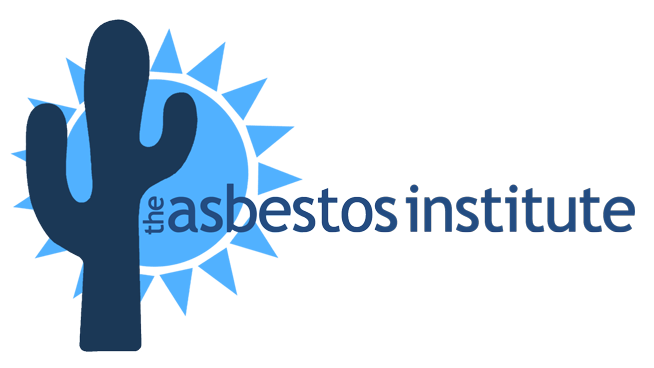When it comes to asbestos, it rarely needs introduced at this point. The majority of homeowners need to be educated on the general danger of breathing and disturbing asbestos fiber. Older buildings and homes may have asbestos within products from hot water piping insulation to furnace insulation, even floor tiles. Typically, it is recommended to simply leave it as-is without disturbing it. Otherwise, hire a professional asbestos removal company.
However, there are loose-fill wall and attic insulation which can contain asbestos. If you’re insulation is the batt style insulation, as the loose fill insulation has the higher risk as it’s loosely poured into wall or joist cavities. You may also find thousands of loose particles within walls or under attic flooring. These are the insulation types that pose the most risk.
So, how do you identify if your attic insulation contains asbestos? Below we will discuss specifics about loose fill insulation which could contain asbestos.
Vermiculite Attic Insulation
Vermiculite attic insulation is the main source of concern with asbestos dangers, although asbestos is not in every brand. Vermiculite insulation alone is not dangerous, being a pellet style mineral, which expands with higher temperatures. In addition to building insulation, vermiculite is commonly used with gardening for loosening soil.
More specifically, vermiculite insulation which was mined in Montana by the Libby company is one to watch for. It was sold under the brand Zonolite, for about 70 years.
Because Zonolite had been contaminated with tremolite, it resulted in being a health hazard. Tremolite is similar to asbestos. About 70% of U.S. vermiculite attic insulation originated from the Libby mine, while 30% came from other sources.
Loose Fill Insulation Could Contain Asbestos If:
Your home was constructed prior to 1990. The Libby mine was closed down in 1990, meaning any homes that were built and/or remodeled prior to their closing date could have attic insulation containing asbestos. If your home was constructed after their closing date, it reduces the chance of asbestos containing insulation, but there’s still a chance overstock insulation was used a while after closing.
- Zonolilte is often a silver-gold or gray-brown color, which is another way to identify the insulation particles.
- Zonolite particles have an accordion style texture. This texture is the result of particles puffing due to heat.
- Zonolite will lay flat against a joist cavity, and remain firm. Loose fill fiberglass often fluffs and appears more like a snow drift.
- Zonolite is a lightweight mineral, and reacts with high temperatures that result in puffing particles.
Is Loose Fill Soft, Gray and Lack Shine?
If this sounds like what you have, it is likely cellulose insulation, which contains a higher amount of recycled paper, without minerals. A closer inspection indicates this gray puffy material has no minerals, but appears like gray shredded paper. This means cellulose insulation does not contain asbestos and is a safe insulation, blown into the cavities.
Is Loose Fill Fluffy and White, With Some Shine?
If this sounds like what you have, it is likely fiberglass fill. Due to being a byproduct of glass, it has some shine in light. The texture is fluffy, similar to that of cotton candy. When it comes to breathing, fiberglass can be annoying, and known to cause cancer.
Is Loose Fill Puffy, Gray and Fibrous?
If this sounds like what you have, it is likely rock wool, a mineral based loose fill. It is commonly found in fiber bundles, with a cotton style look. Rock wool comes in brownish white, off white, or white. Rock wool insulation is fabricated from belted basaltic rock and dolomite, with binders being added. Raw materials get exposed to temperatures up to 2,750 degrees Fahrenheit, making it melt. Then, fibers are spun from the molten material. It is common for rock wool to be found as a woven insulation batt or loose insulation. Similar to fiberglass, it should be handled carefully, but rock wool is not known to cause cancer.
What To Do If I Suspect Zonolite Vermiculite Insulation?
If you have loose fill insulation in your wall or attic that fits the visual aspects above, you can verify if it contains asbestos with a DIY asbestos testing kit. If you would prefer not to be around the insulation, to be on the safe side a commercial firm can be hired for testing insulation for asbestos. Generally, DIY kits can be purchased under $50, which may be a cheaper route.
In the event you find your insulation contains asbestos, it is best to locate an abatement company that has professional experience in handling asbestos removal, and never disturb the insulation. Although, asbestos removal is expensive, but if left it could cause many health issues for you and/or your family.
Phoenix Valley Insulation Removal
If you’ve got asbestos insulation in your property it poses a health hazard. Barrier insulation provides insulation removal services in the Phoenix Valley and is an insulation installation contractor. That means we can remove dangerous, damaged, or ineffective insulation and replace it with the highest performance insulation on the market. From spray foam insulation to loose fill blown in insulation we will help you choose a cost effective and high performance insulation solution to help keep you comfortable all year long.
Classroom & Online
The Asbestos Institute has provided EPA and Cal/OSHA-accredited safety training since 1988. From OSHA 10 to hazmat training and asbestos certification, our trusted and experienced instructors make sure participants get the high-quality initial and refresher training they need.
Classroom
We train on-site at our headquarters in Phoenix, AZ or at our clients’ sites across the U.S. We offer both English and Spanish courses. Browse Classroom Classes
Online
Online courses allow you to align your learning with your personal schedule. This is a great option for students with family and work commitments. Browse Online Classes
Webinar
Live webinars allow you to watch instructors on demand from the comfort of your home or office. Learn, chat with other students, and ask questions in real-time. Browse Live Webinars
Disclaimer
The Asbestos Institute is not the official authority to determine OSHA training requirements, which are set forth in the Occupational Safety and Health Act of 1970. OSHA regulations are always being revised, added, and/or deleted, so you must not rely on The Asbestos Institute as the official authority of OSHA asbestos training requirements. Visit the official OSHA Asbestos Training Requirements page here.


